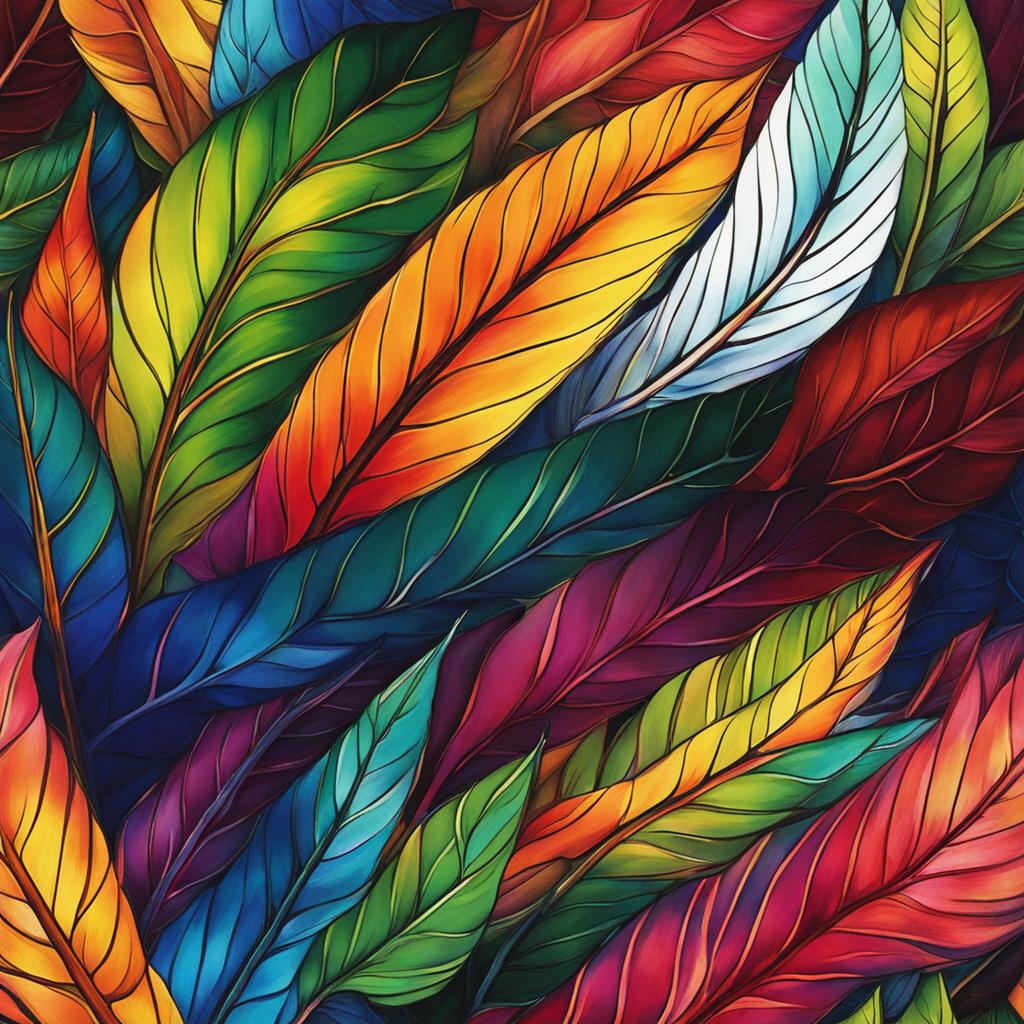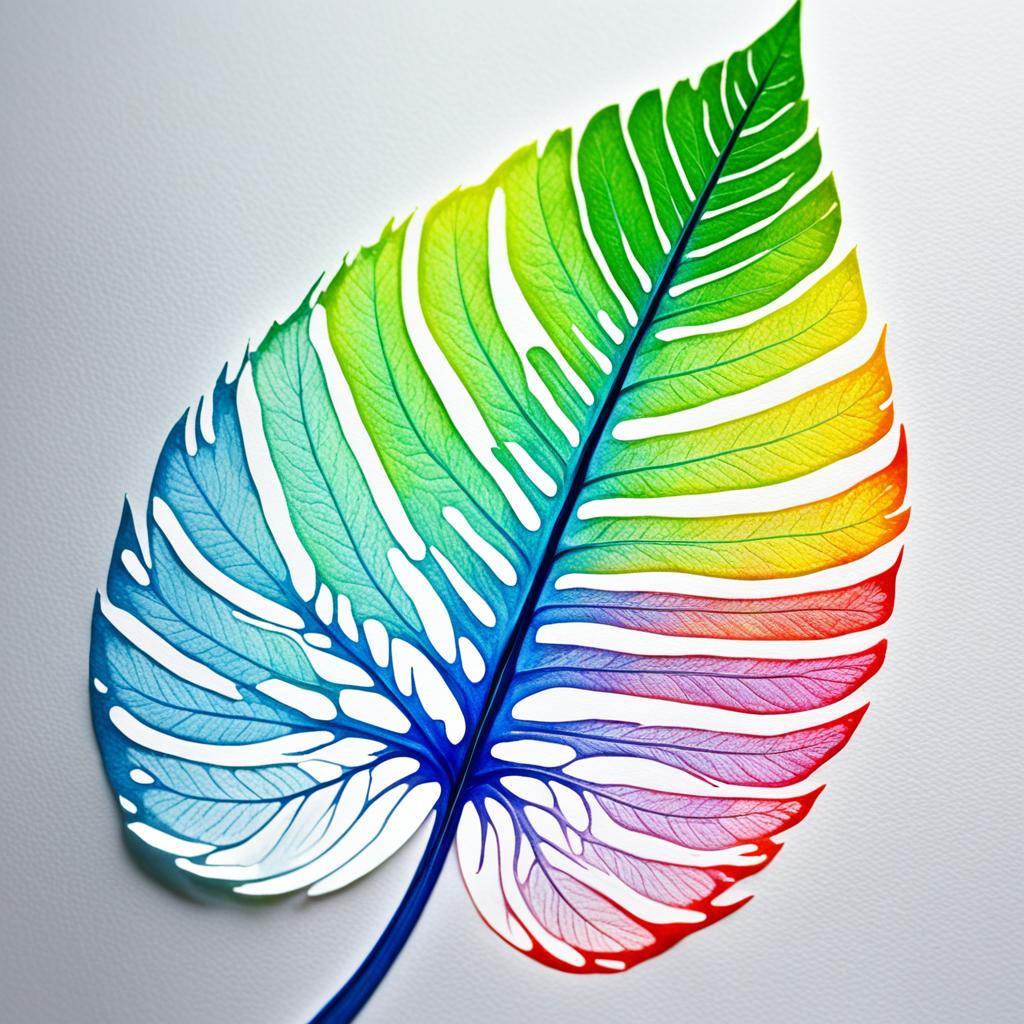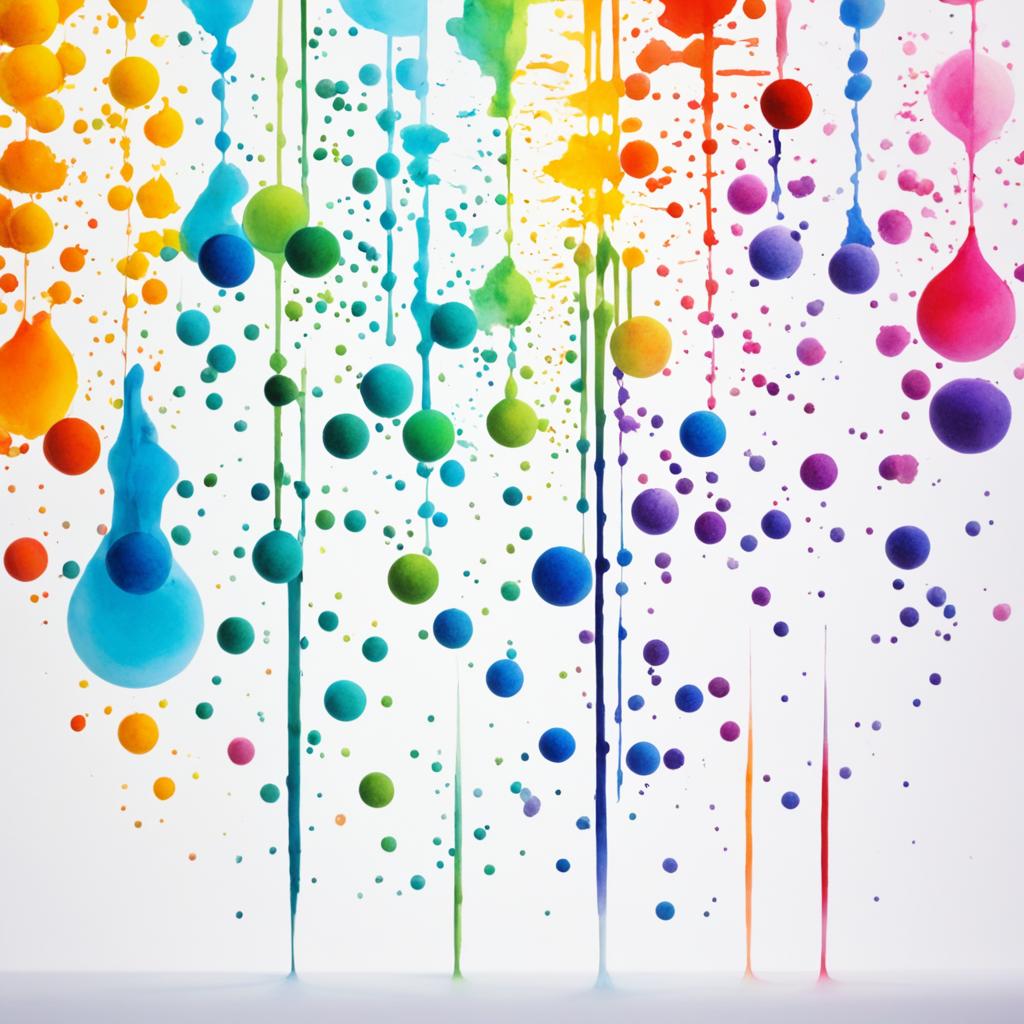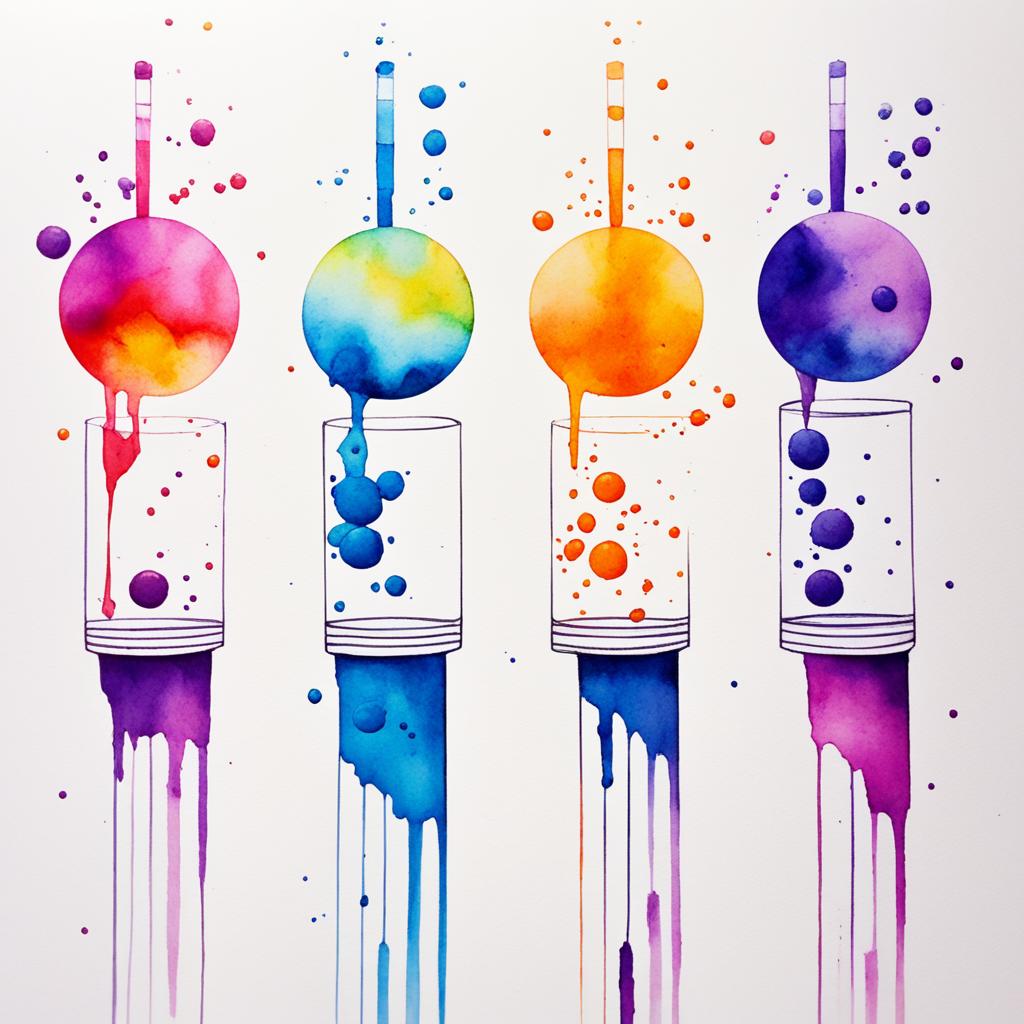Have you ever wondered why leaves change their colors in the fall? Or what causes the vibrant hues in fruits and flowers? The answer lies within the magical realm of pigments. These fascinating compounds are responsible for the breathtaking palette we see in nature. But have you ever wondered which pigment travels the farthest in chromatography?
Paper chromatography is a remarkable technique that allows us to delve into the world of pigments and uncover their individual journeys. With each pigment having its own story, chromatography unravels the secrets hidden within their molecular structure.
In this article, we will explore the captivating world of pigments and chromatography, from understanding their role in leaves to conducting your own experiments. Get ready to embark on a colorful adventure where scientific curiosity meets artistic beauty!
The Role of Pigments in Leaves

The brightly colored pigments in leaves play a crucial role in the process of photosynthesis. The primary pigment is chlorophyll, which exists in two forms: chlorophyll A (bluish-green) and chlorophyll B (yellowish-green). These pigments help plants absorb light energy for food production.
During the fall season, chlorophyll breaks down, revealing other pigments such as xanthophyll (yellow) and carotenoids (orange). Chromatography can be used to reveal the hidden pigments in green leaves by separating them based on solubility.
- Chlorophyll: The primary pigment responsible for capturing light energy during photosynthesis.
- Xanthophyll: A yellow pigment that becomes visible when chlorophyll breaks down.
- Carotenoids: Orange pigments revealed in leaves during the fall season.
Conducting a Chromatography Experiment with Leaves

To perform a chromatography experiment with leaves, you will need soft green leaves (or fresh spinach), scissors, a mortar and pestle (or food processor), a cup, isopropyl alcohol (or acetone), coffee filters, tape, and a pencil or straw.
- Start by gathering your materials: soft green leaves, scissors, a mortar and pestle, a cup, isopropyl alcohol, coffee filters, tape, and a pencil or straw.
- Prepare the leaves by cutting them into small pieces.
- Use a mortar and pestle or a food processor to grind the leaves into a fine pulp.
- Place the leaf pulp in a cup and cover it with isopropyl alcohol.
- Secure a strip of coffee filter paper to a pencil or straw using tape.
- Place the pencil or straw on top of the cup so that the filter paper strip hangs down and touches the liquid in the cup.
- Allow the chromatography to occur by letting the solvent (isopropyl alcohol) travel up the strip of filter paper.
- Observe the chromatogram as the solvent moves up the strip and separates the pigments.
As the solvent travels up the strip, colored bands corresponding to different pigments become evident. The most soluble pigment, carotenoids (orange), travels the furthest, followed by xanthophyll (yellow) and chlorophyll A (blue-green).
Understanding Rf Values and Separation of Pigments

In the fascinating world of chromatography, Rf values are key to understanding the separation of pigments. Rf values, or retention factors, provide a measure of how far a pigment or molecule travels during the chromatographic process. By calculating the Rf value, scientists can gain valuable insights into the behavior of pigments and their interaction with the chromatography medium.
Each pigment has its own unique Rf value, which is determined by dividing the distance traveled by the pigment by the distance traveled by the solvent. The Rf value is expressed as a fraction with two decimal places, representing the ratio of pigment movement to solvent movement. Higher Rf values indicate that the pigment has a greater affinity for the solvent and therefore travels further up the chromatography medium.
Let’s take a closer look at the Rf values of various pigments commonly encountered in plant chromatography experiments. Beta carotene, a vibrant orange pigment found in carrots and other fruits and vegetables, typically exhibits the highest Rf value among plant pigments. It readily dissolves in the solvent and moves a significant distance up the chromatography paper.
Next in line, we have xanthophyll, a yellow pigment predominant in the leaves of many plants. Xanthophyll has a slightly lower Rf value compared to beta carotene, indicating that it is less soluble in the solvent and has a weaker affinity for the chromatography medium.
The chlorophyll pigments, chlorophyll A and chlorophyll B, which are responsible for the vibrant green color of plants, exhibit lower Rf values compared to beta carotene and xanthophyll. Chlorophylls have a stronger attraction to the chromatography paper, resulting in shorter distances traveled during the chromatographic process.
Understanding the Rf values of pigments allows scientists to identify and differentiate between various compounds present in a mixture. By comparing the Rf values obtained from experimental data with known standards, analysts can determine the identity of specific pigments and assess their purity.
Now, if you’ve been following along, you might be wondering how Rf values can be practically applied in the separation of pigments. The answer lies in using Rf values as a guide to isolate and extract specific pigments for further analysis or use. By understanding the individual behaviors of different pigments, scientists can devise strategies to separate and collect target compounds with precision.
Analyzing the Results and Applications of Chromatography
When conducting a chromatography experiment, analyzing the results is an essential step in understanding the separation of pigments. The different bands of pigments can be easily identified based on their distinct colors and Rf values. By carefully examining the chromatogram, you can determine the order in which the pigments traveled and the extent of their separation.
The results obtained from a chromatography experiment may vary depending on factors such as the types of leaves used and the specific technique employed. However, regardless of the variations, chromatography has a wide range of applications in various scientific fields.
One of the key applications of chromatography is the study of pigments in plants. By separating and analyzing the different pigments, scientists can gain valuable insights into the photosynthetic process and the role of pigments in plant functioning. Additionally, chromatography is extensively used in the food and dye industry to separate colors and ensure product quality. This technique enables the identification and quantification of specific components within complex mixtures, making it a valuable tool in forensic science for analyzing crime scene samples.


